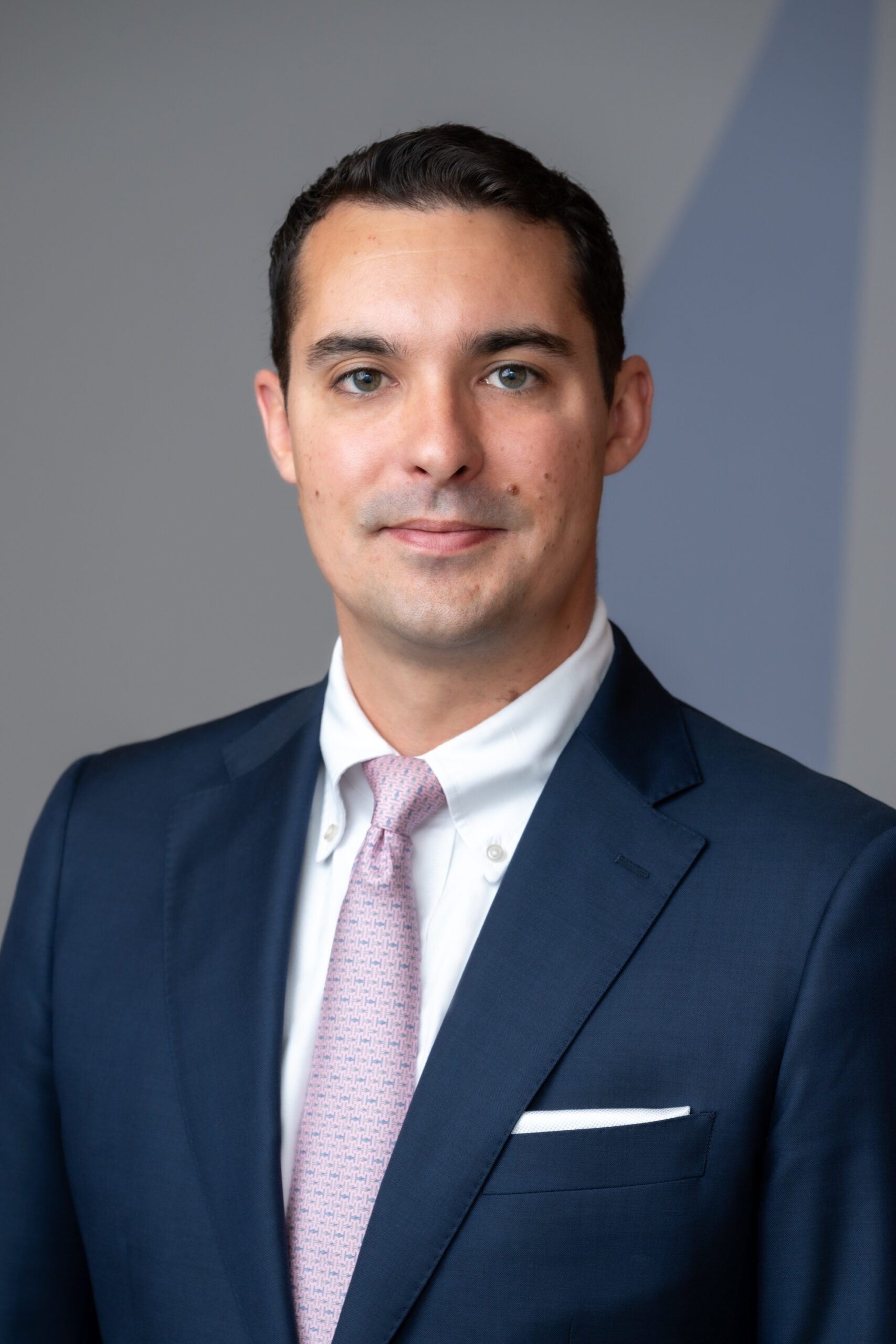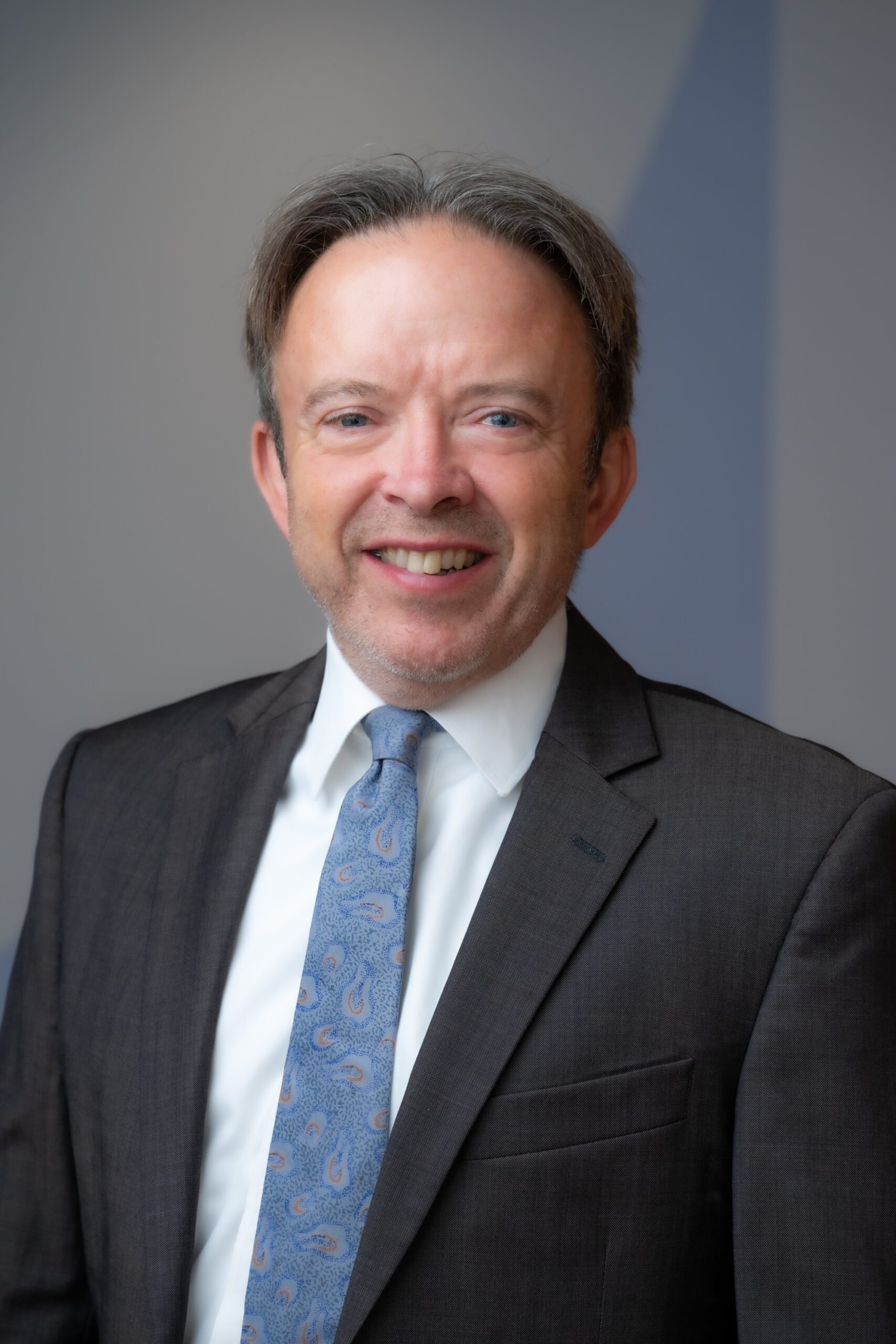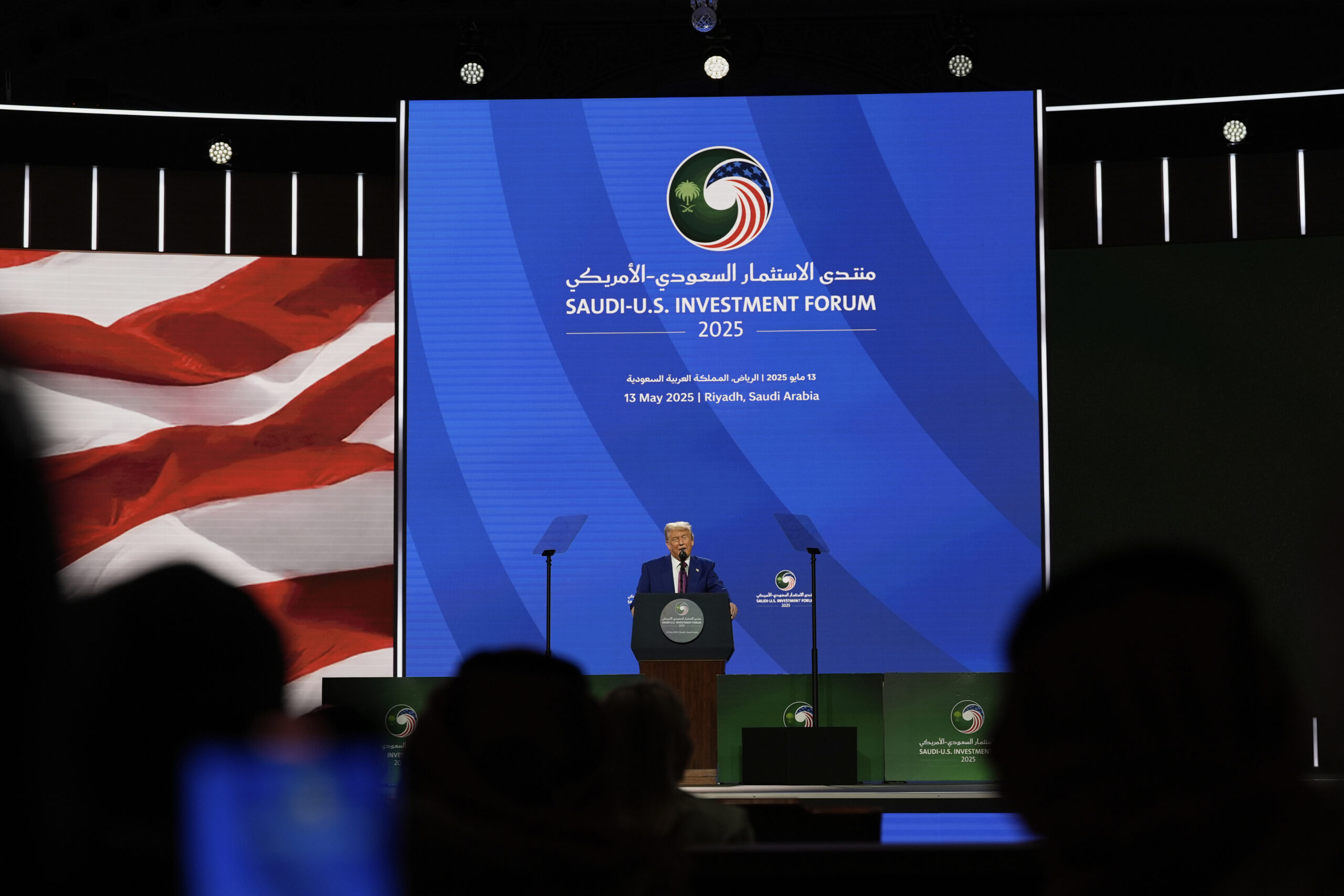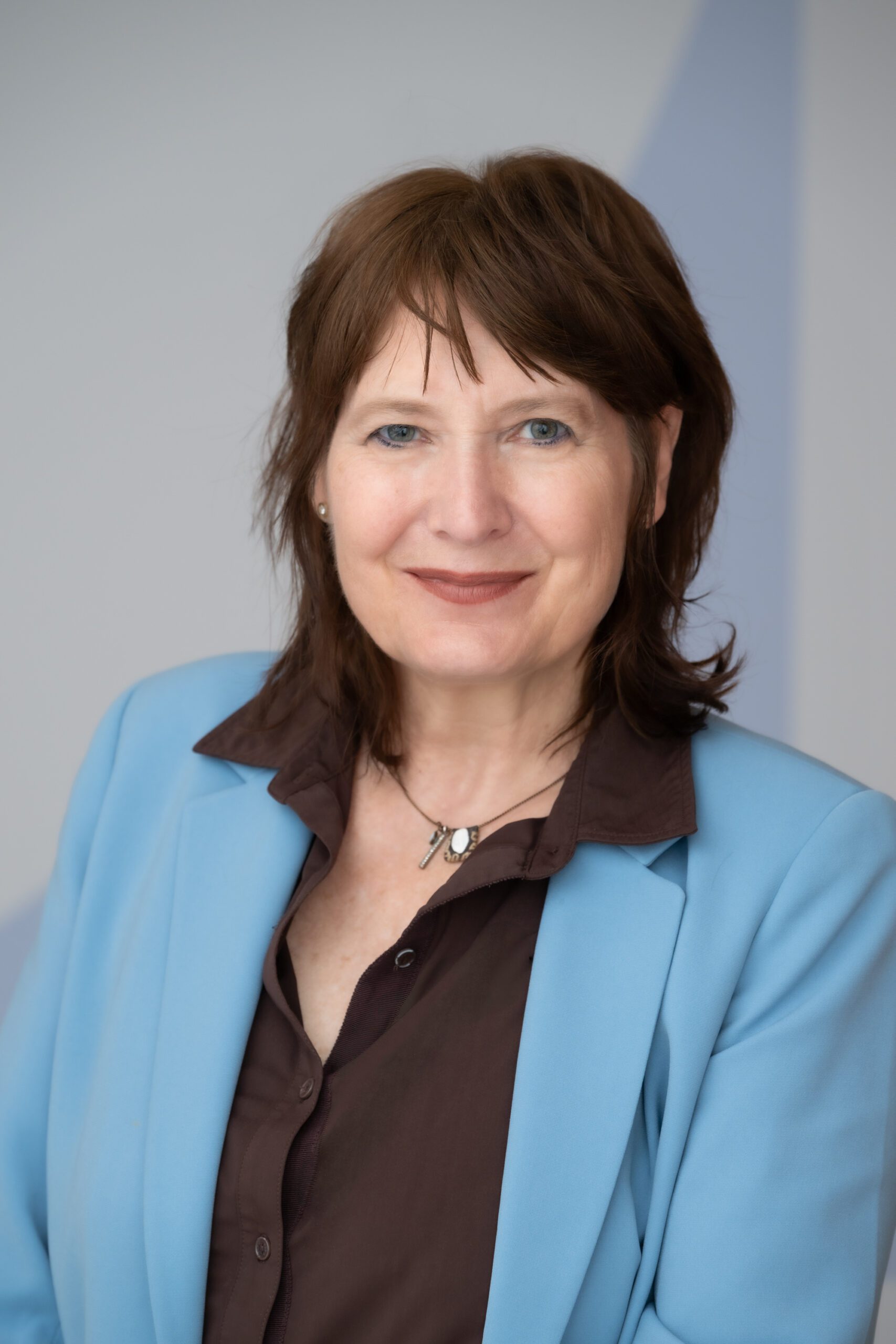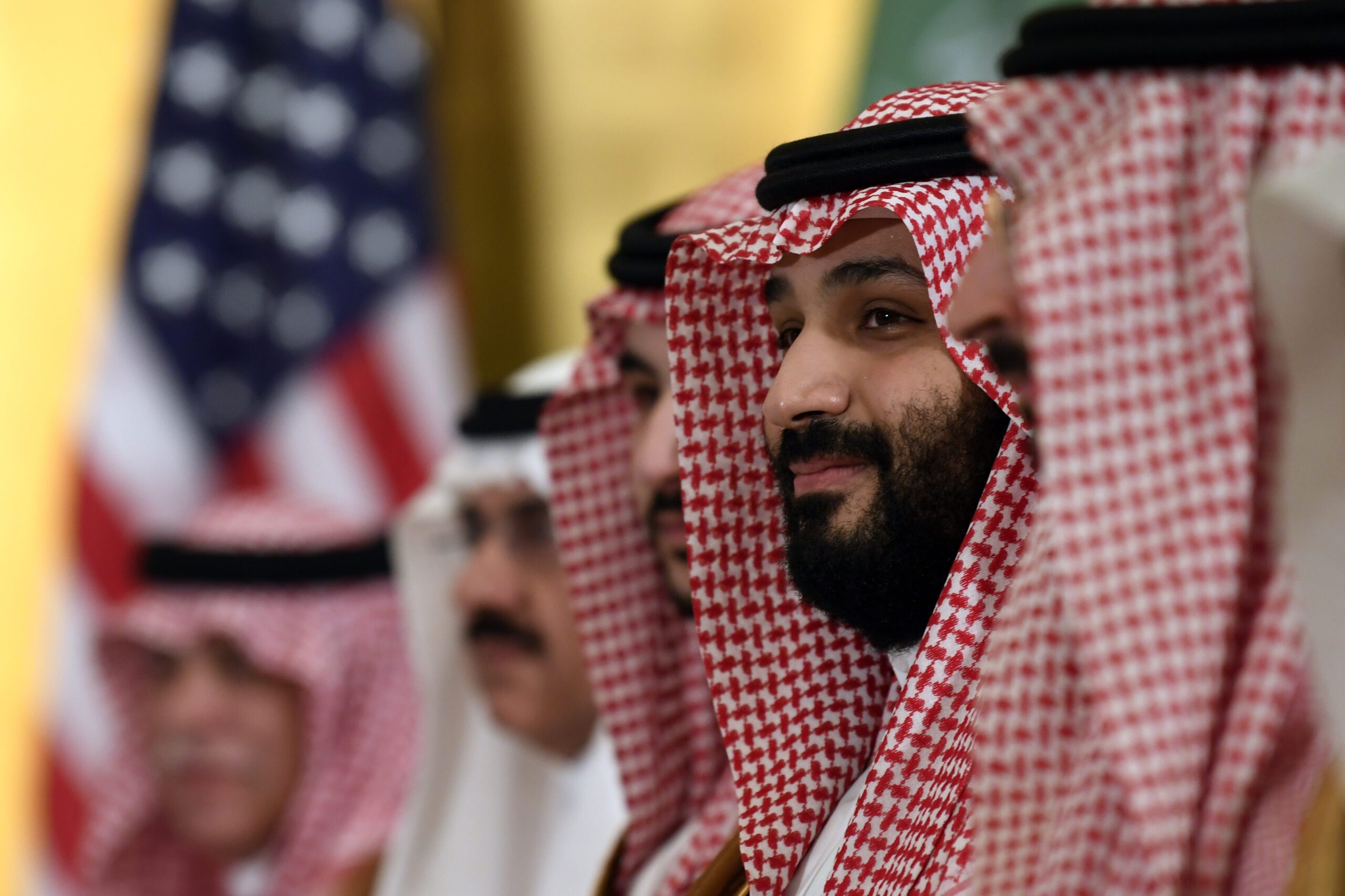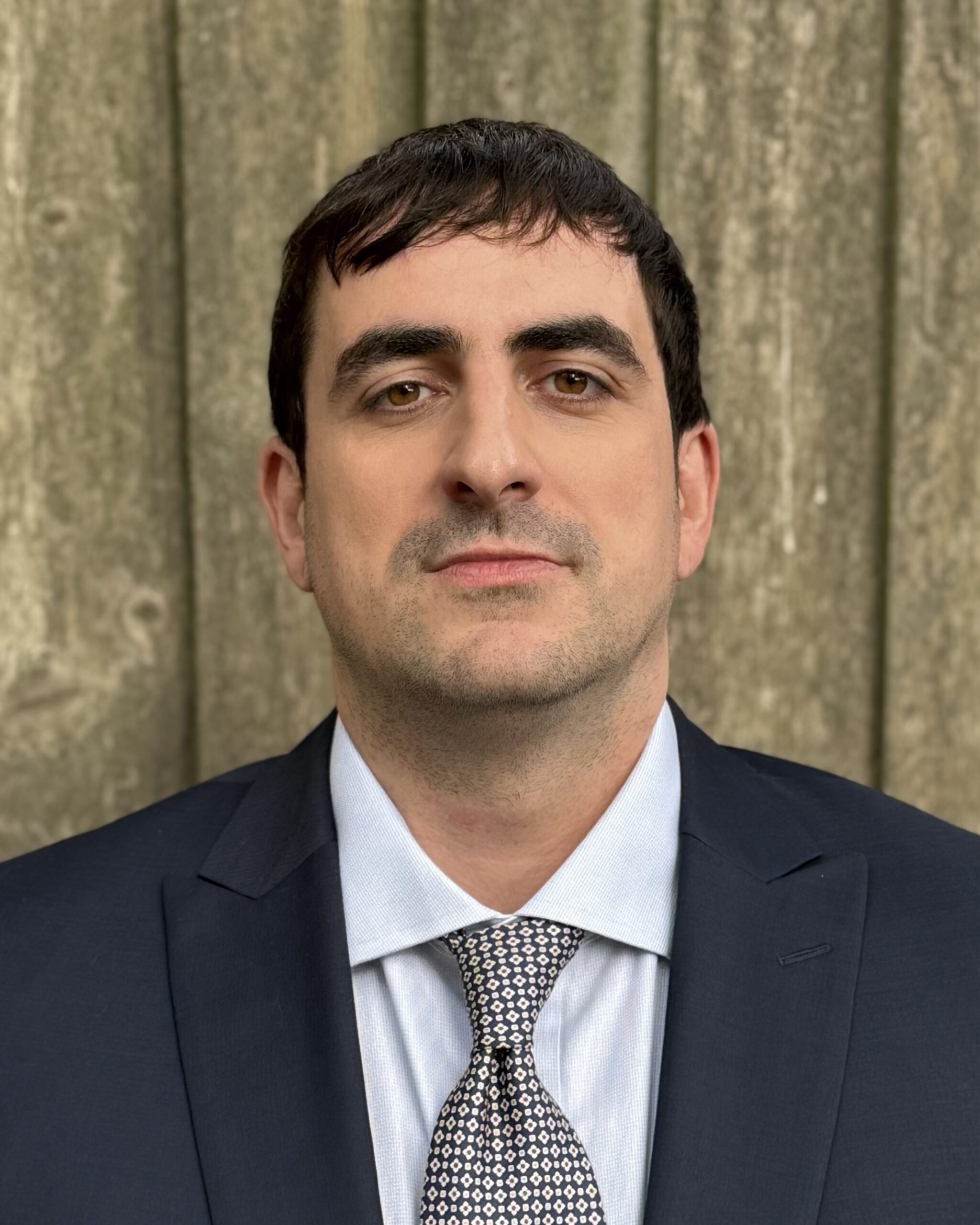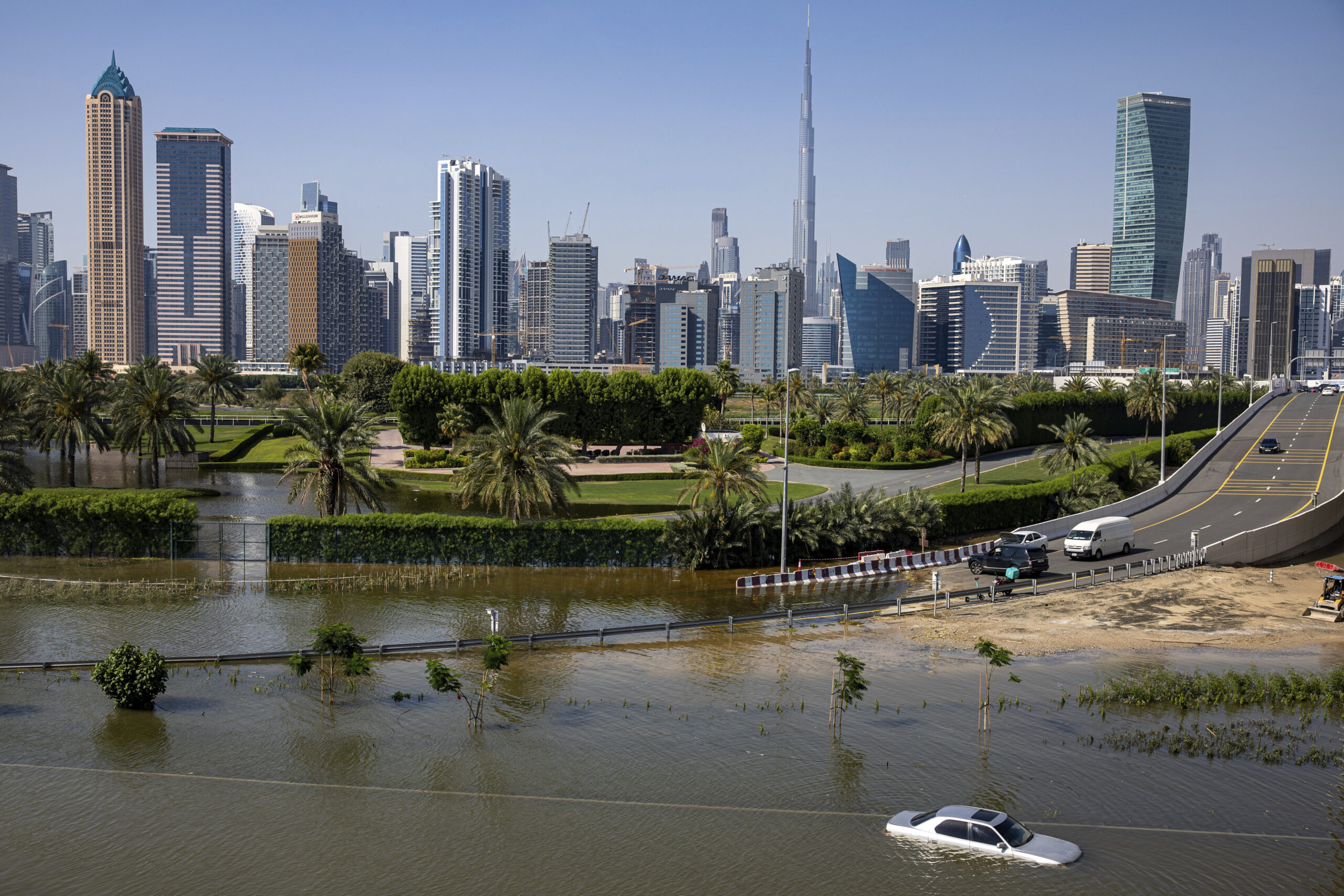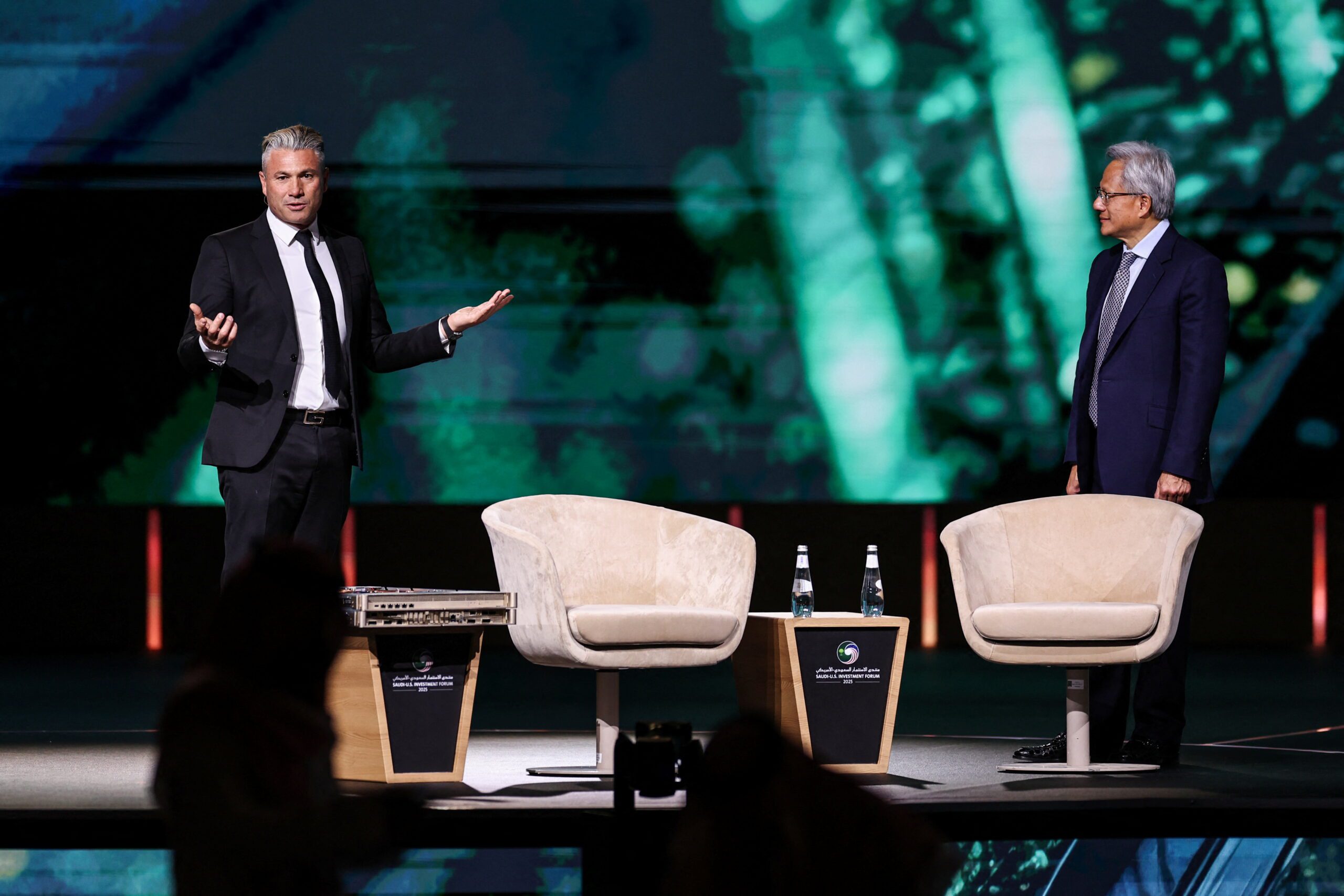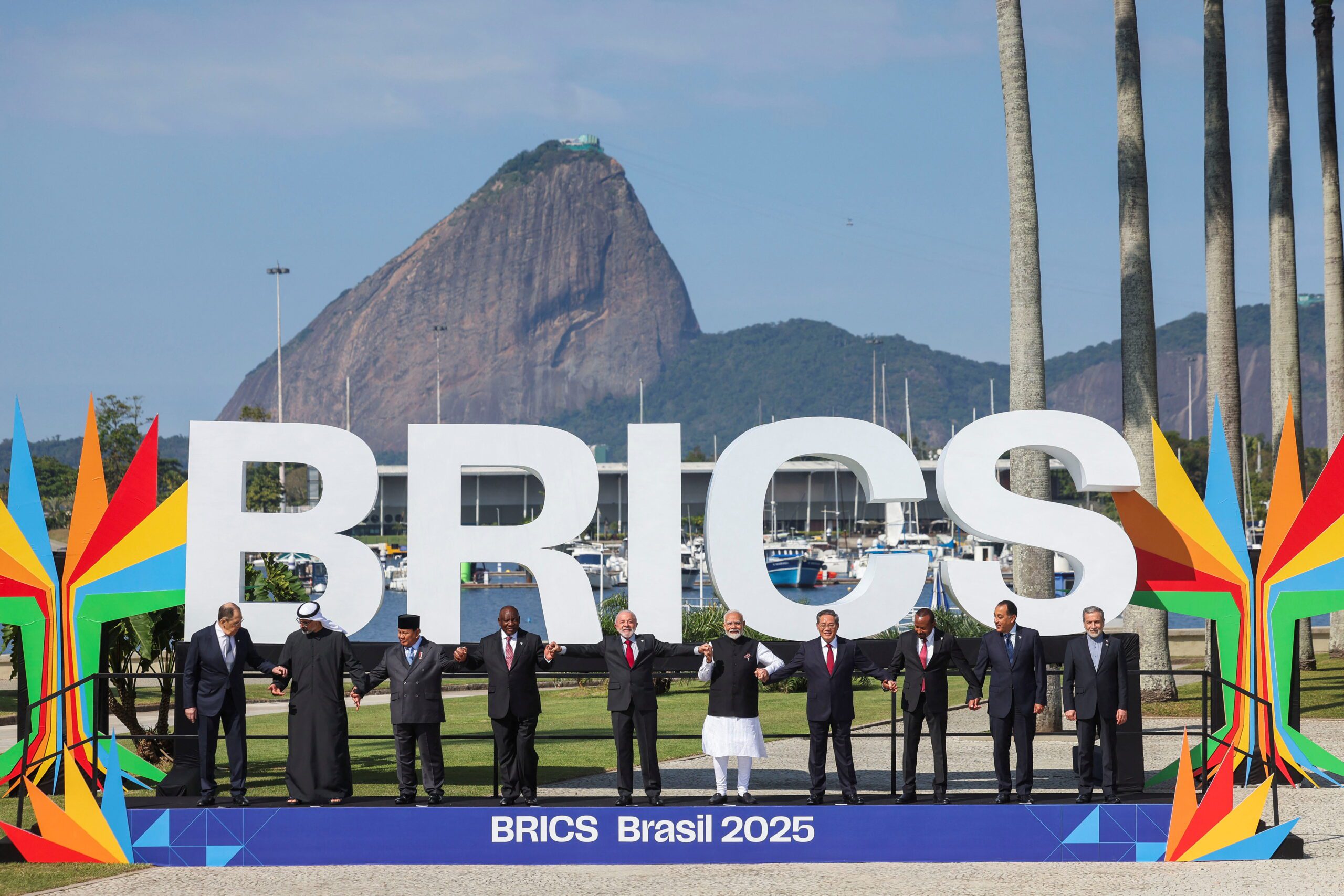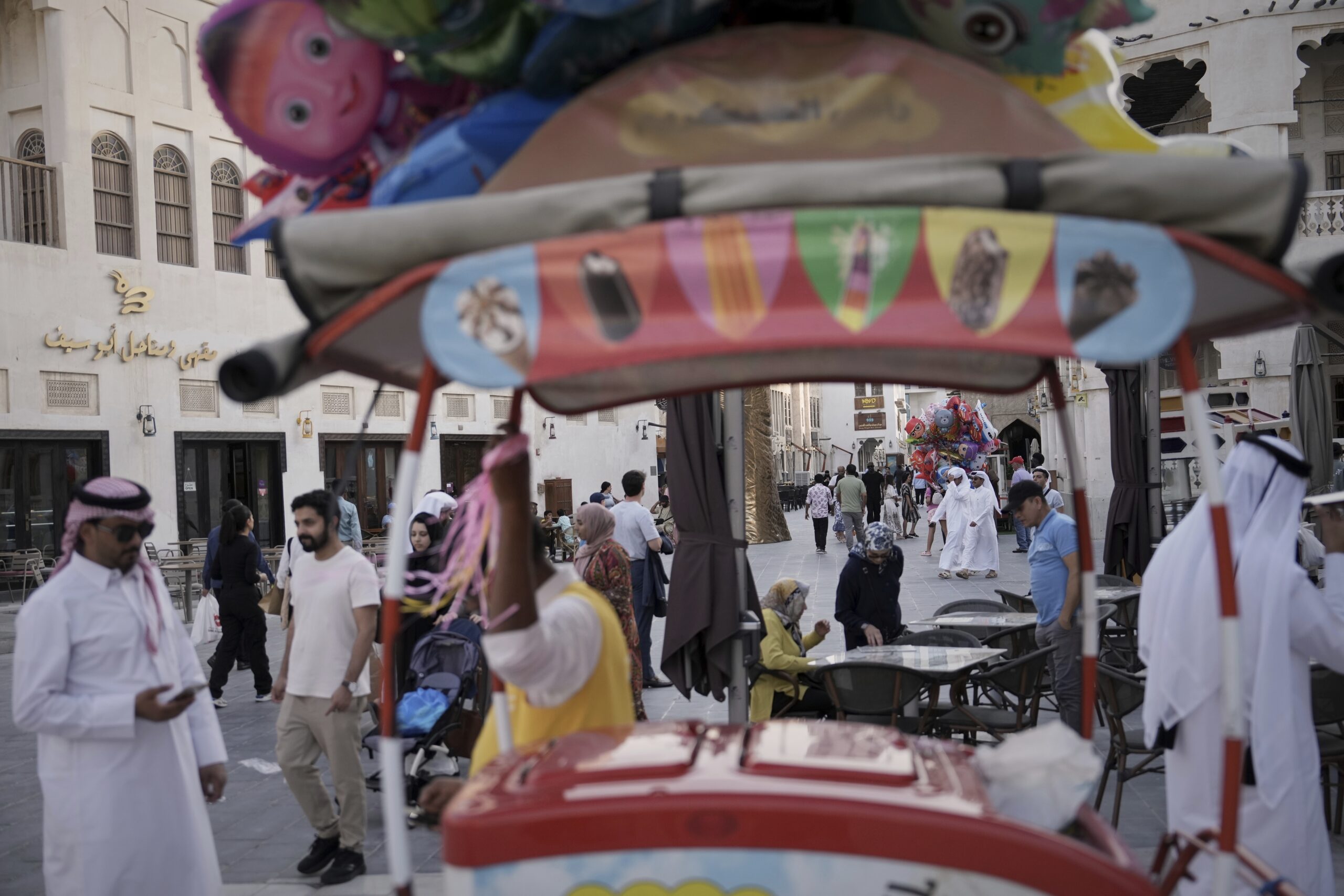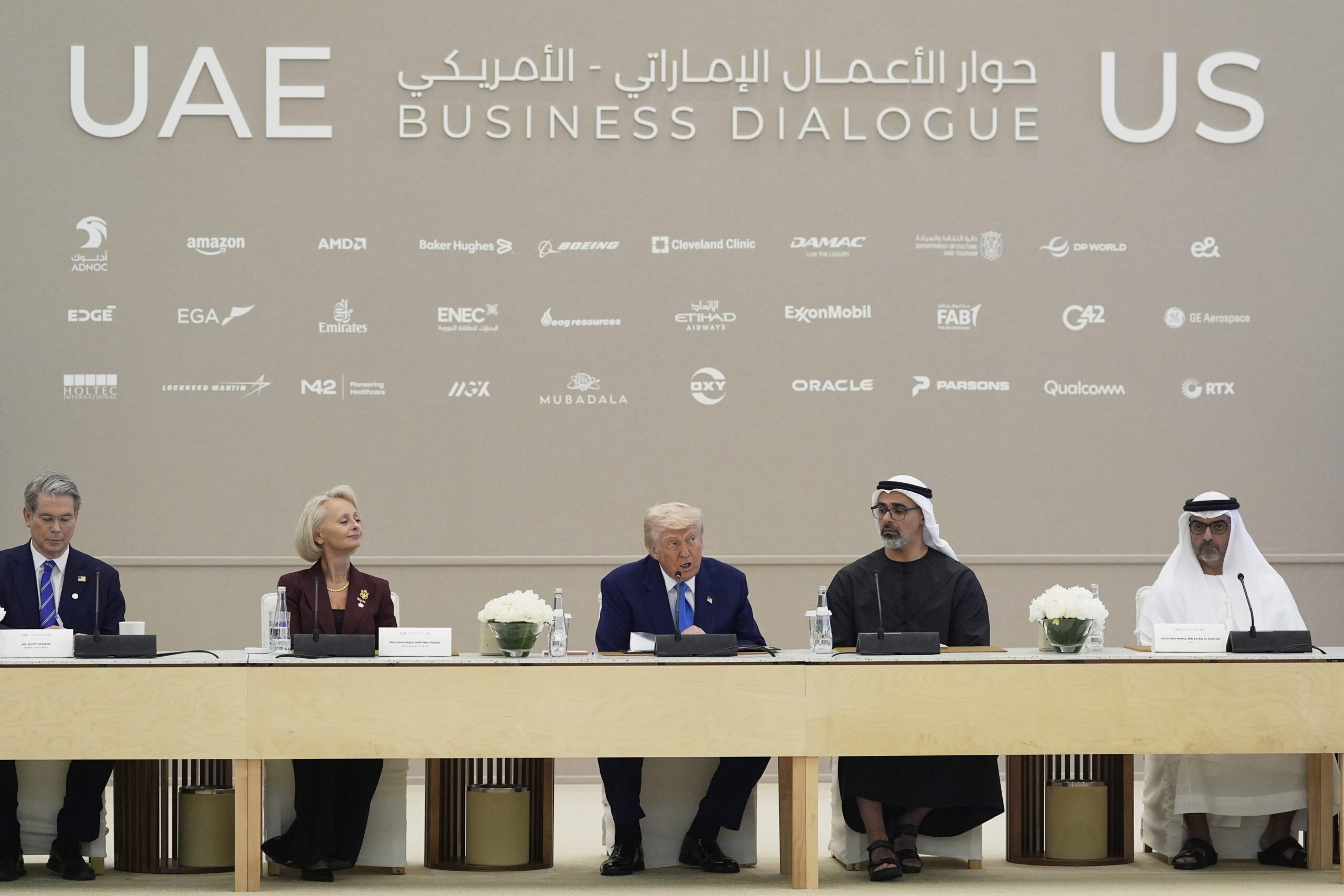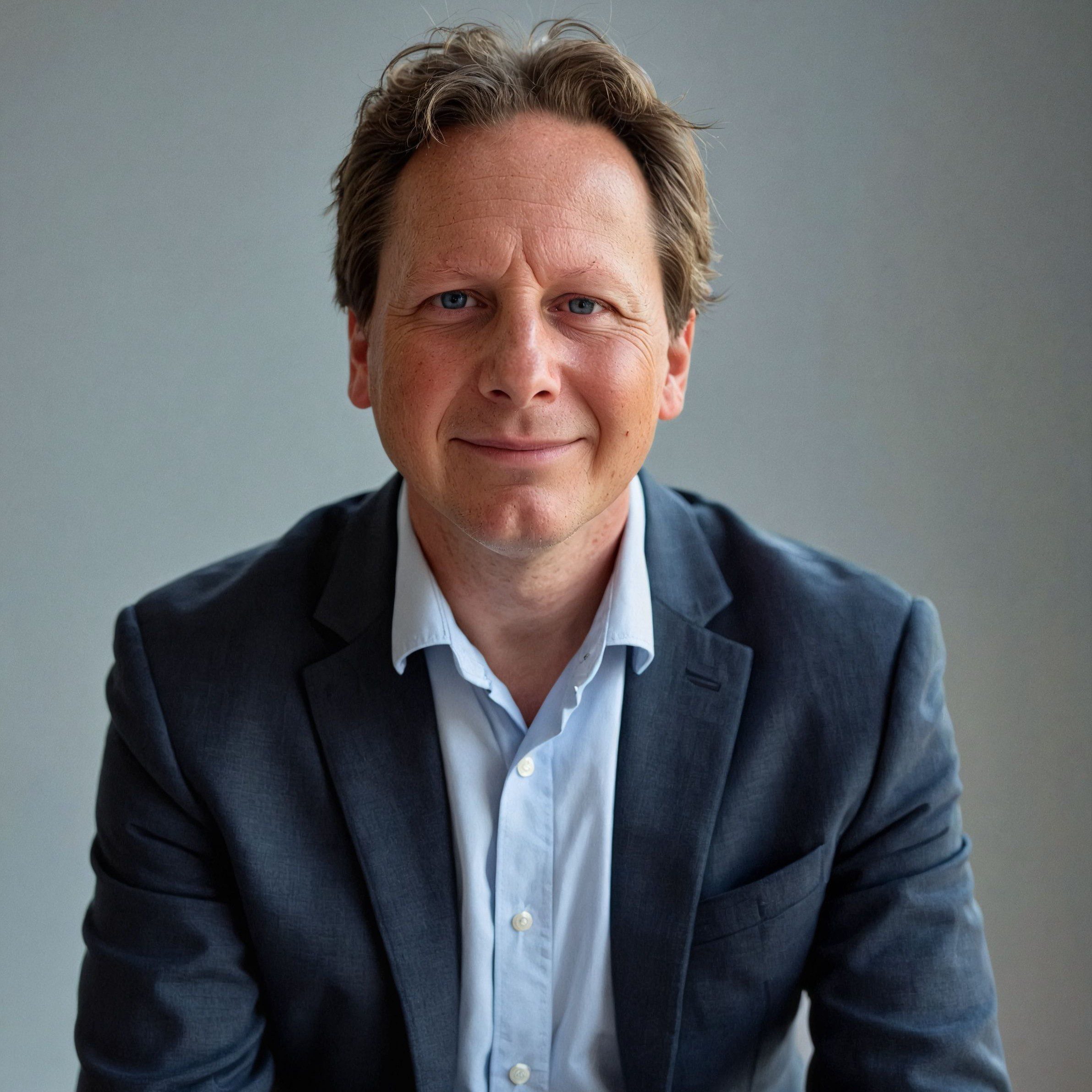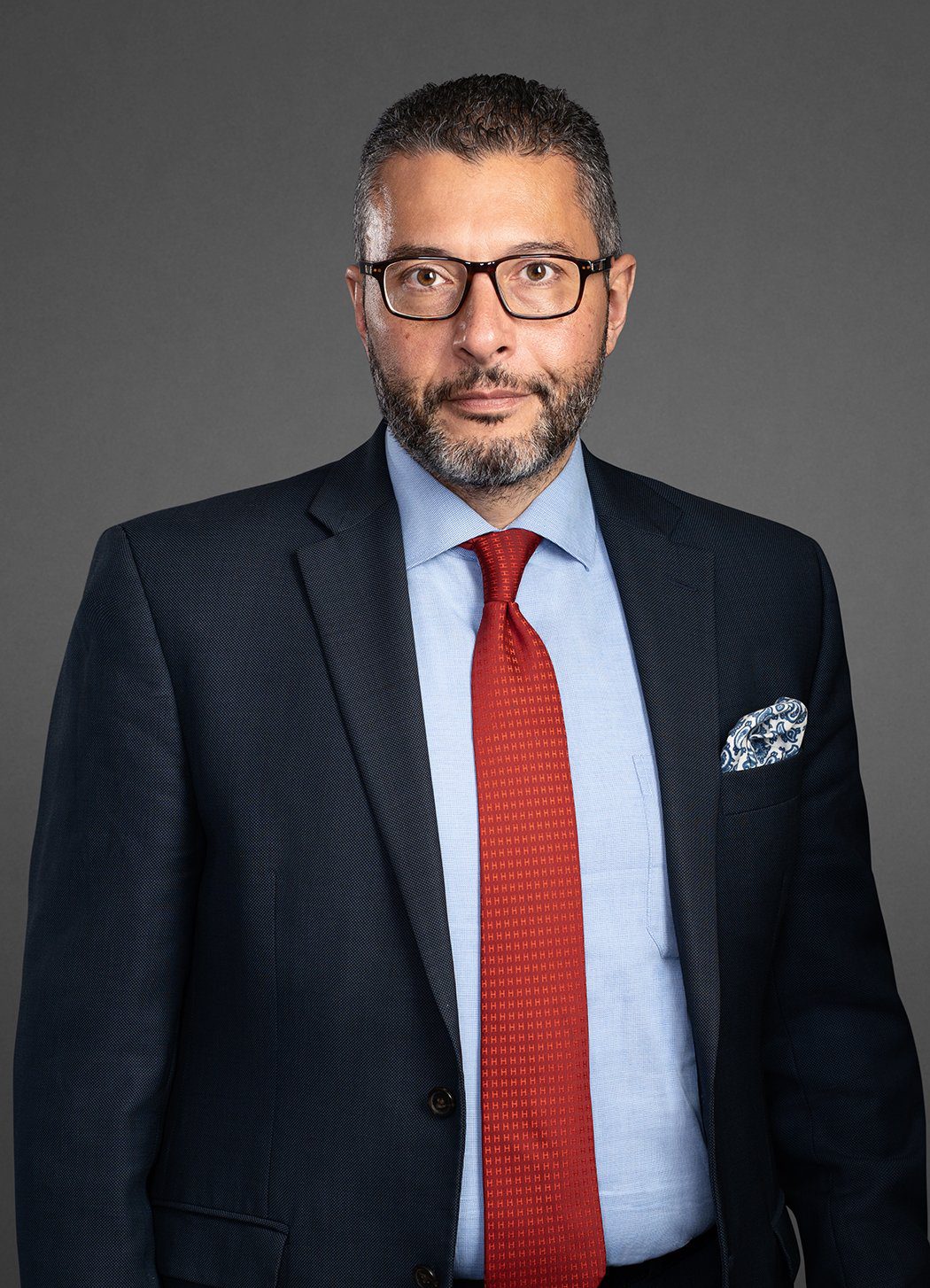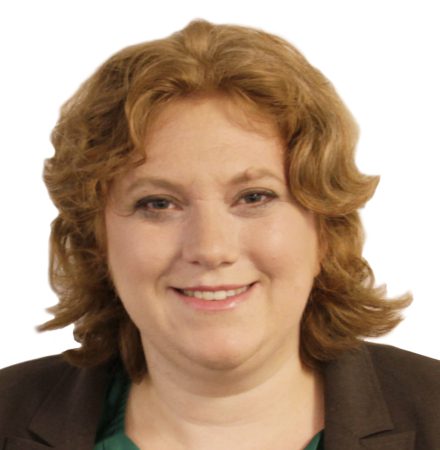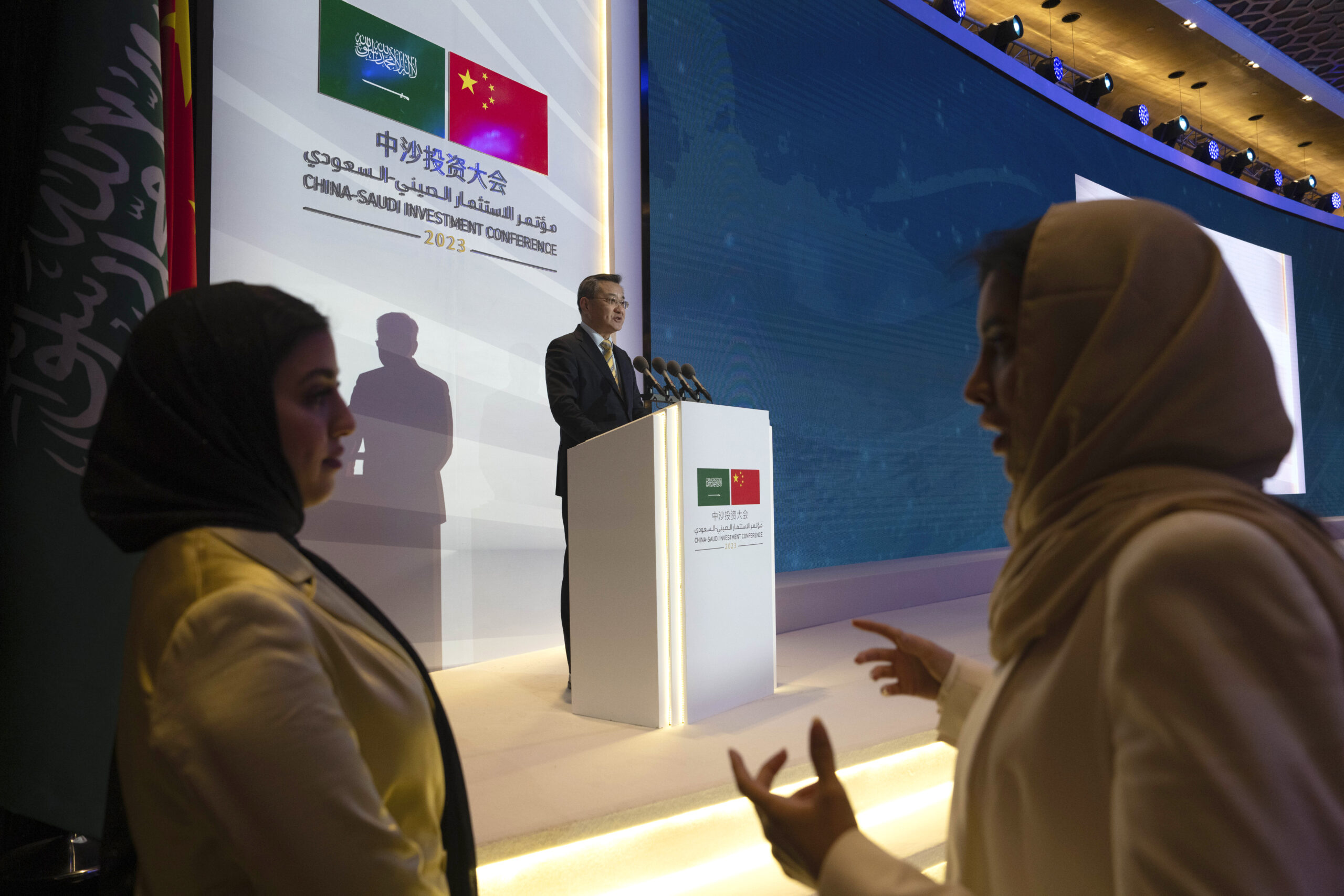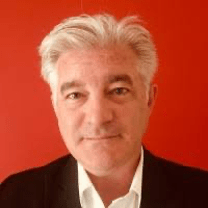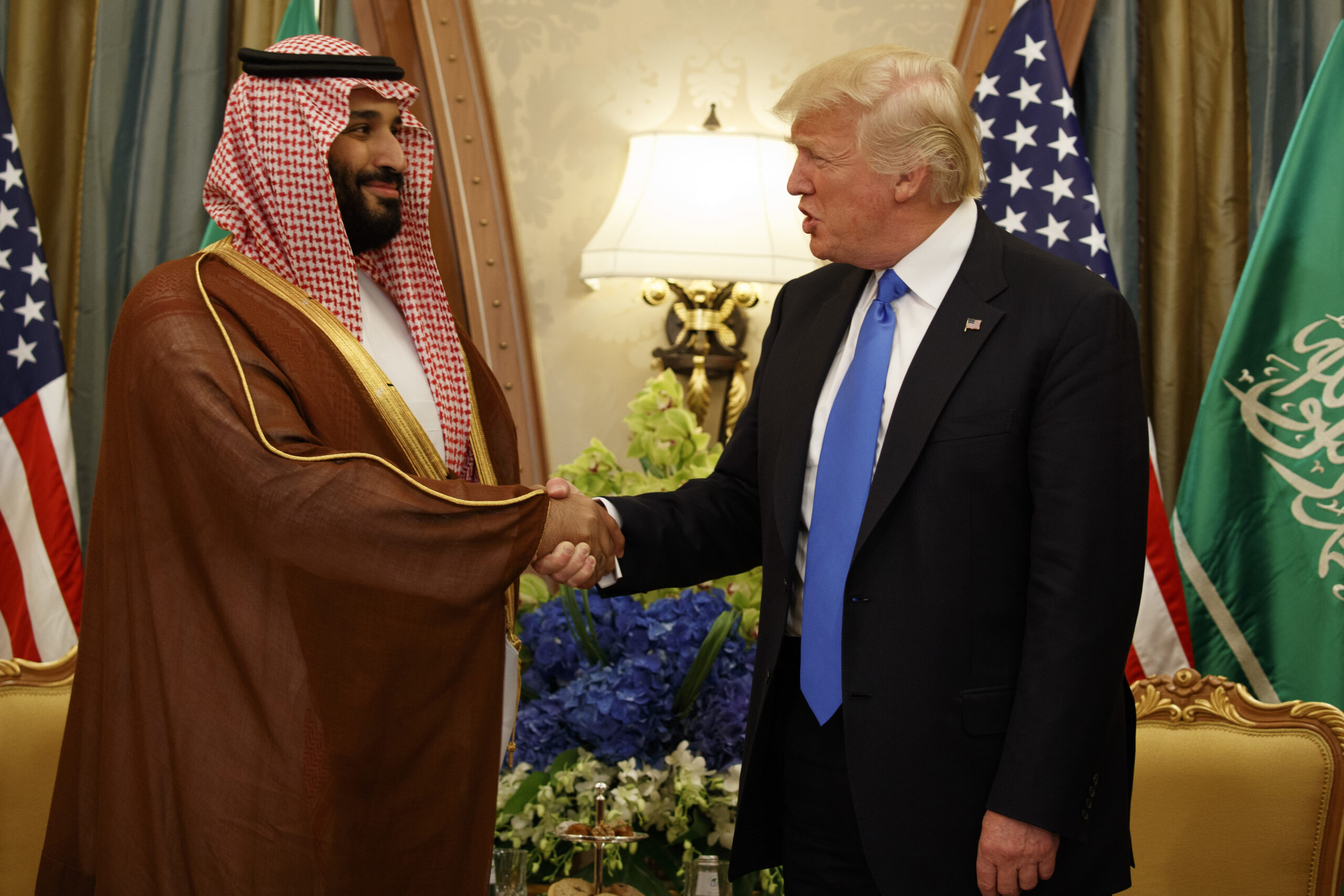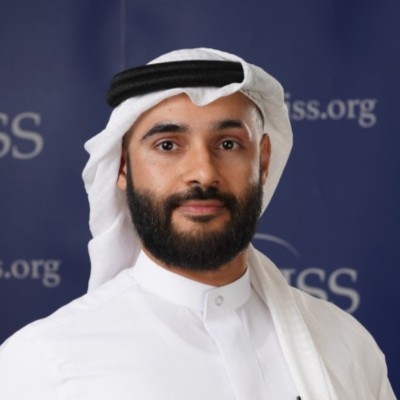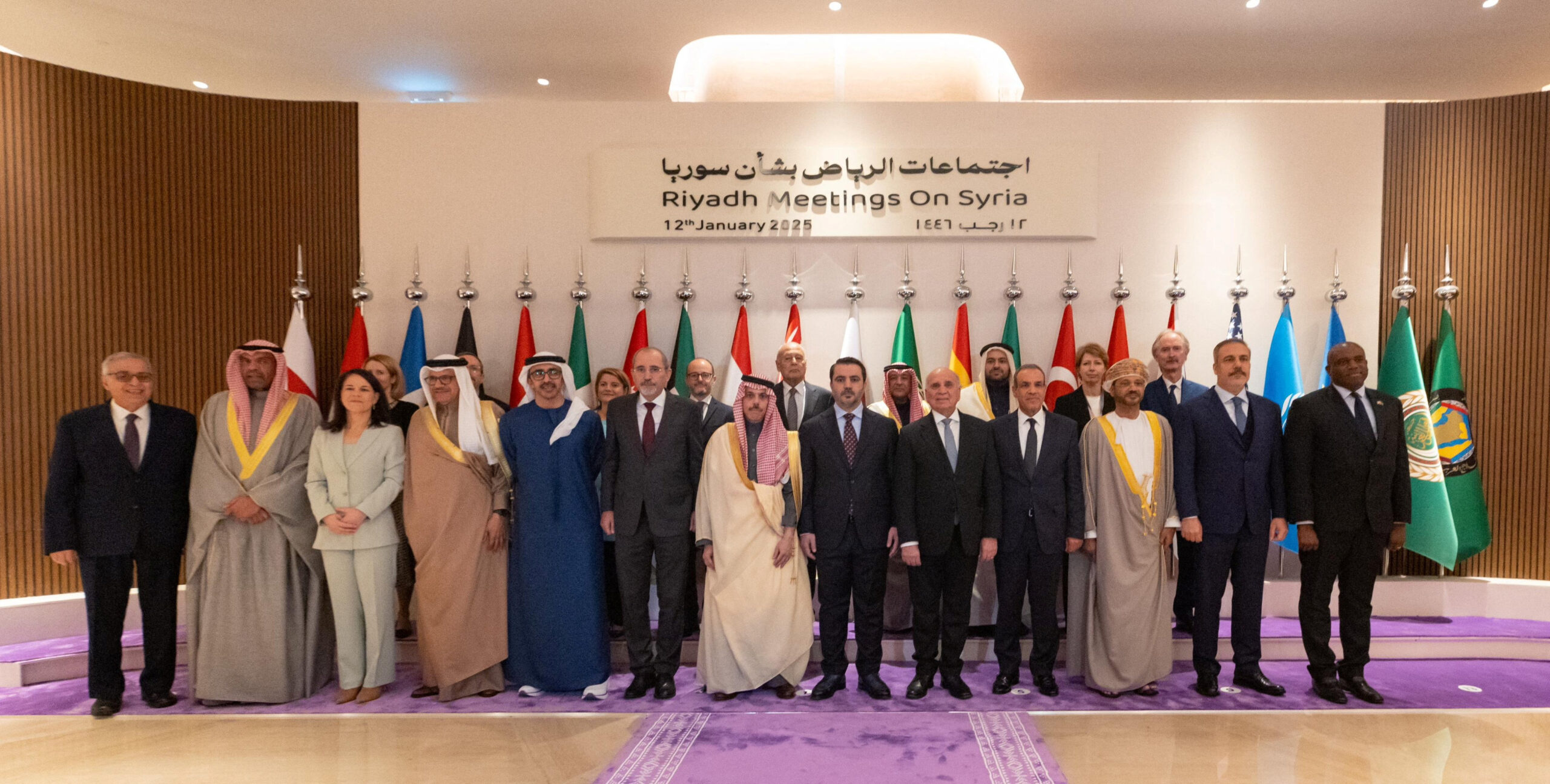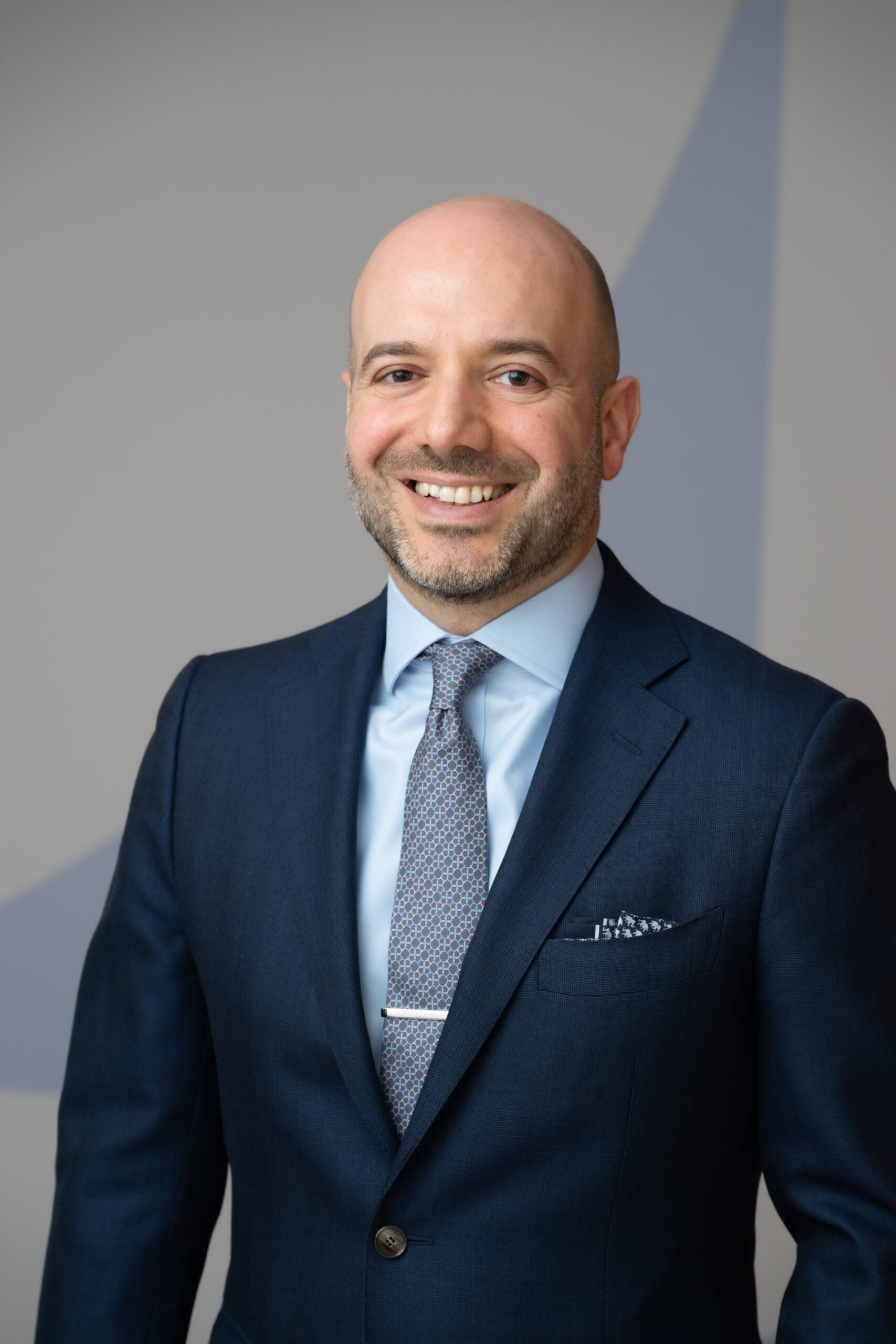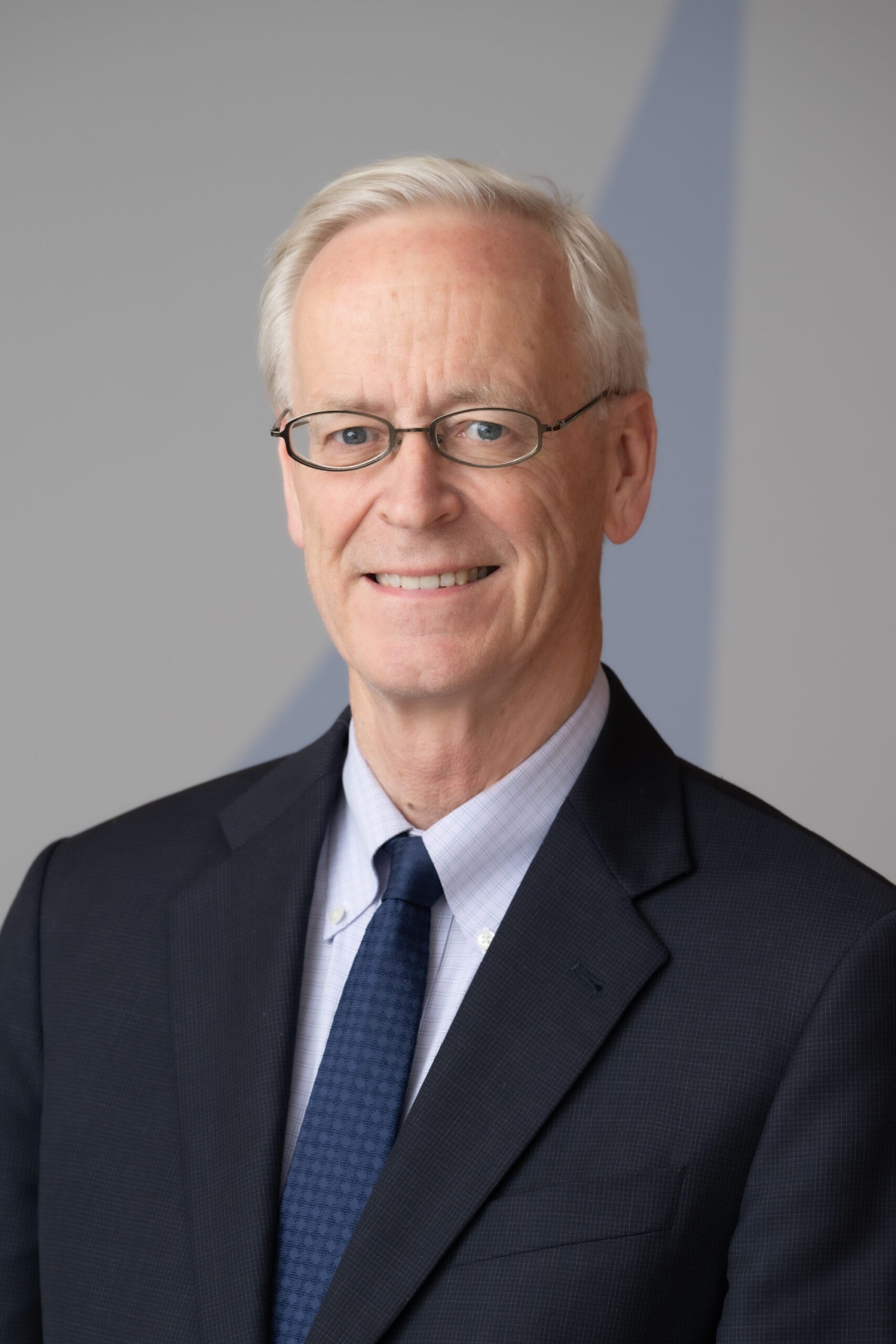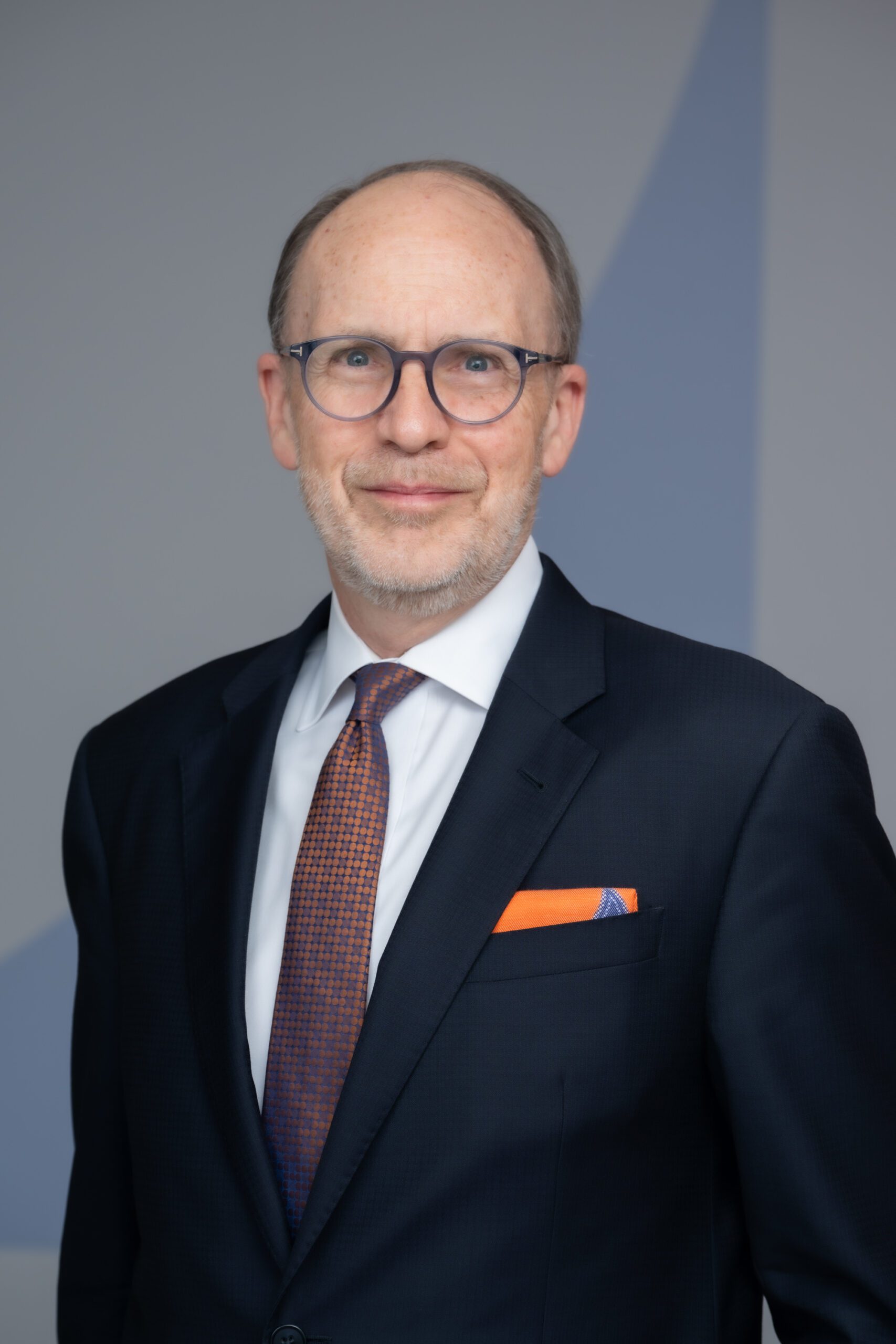Major Initiatives Fuel Riyadh’s Development Ambitions
Riyadh has charged back into the development limelight in recent months, highlighting the capital’s central role in Saudi Arabia’s ambitious economic transformation agenda.
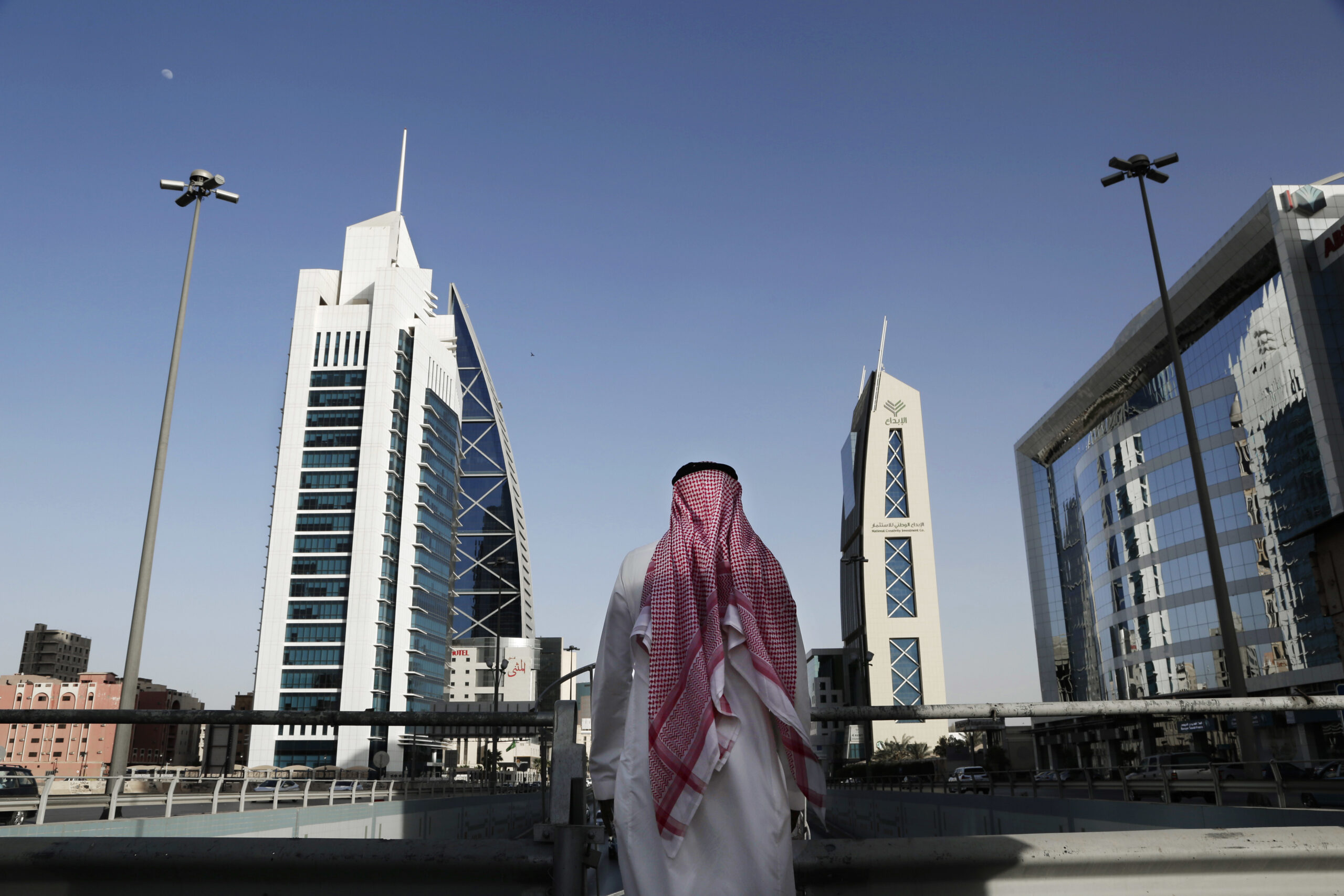
It isn’t easy to keep track of the dizzying array of project announcements, economic strategies, and development initiatives emerging in Saudi Arabia. Many high-profile activities are focused on areas outside of Riyadh as part of the kingdom’s efforts to promote a balanced development approach. The Neom and Red Sea gigaprojects lie along Saudi Arabia’s western coast, and destinations such as Al Ula and Soudah offer cultural and tourist attractions in other remote parts of the country. In 2022, Saudi Arabia’s Public Investment Fund launched the Saudi Downtown Company, which oversees downtown projects in 12 cities across the country.
Since the beginning of 2023, however, Riyadh has charged back into the development limelight, highlighting the capital’s central role in the Vision 2030 economic transformation agenda led by Saudi Crown Prince Mohammed bin Salman. In March, Saudi Arabia placed a massive aircraft order with Boeing that coincided with the formal announcement of a planned airline, Riyadh Air, which will serve as the country’s second national carrier and be based in the capital city. Saudi officials announced plans in February to build New Murabba, a modern downtown area in Riyadh that will be home to The Mukaab, a massive cubic skyscraper. In January, Diriyah Gate, located 20 minutes northwest of Riyadh, became an official gigaproject of the Public Investment Fund. The decision to place the project under the sovereign wealth fund’s purview reflected “Diriyah’s status as a unique destination,” according to the Saudi Press Agency.
These Riyadh-focused initiatives constitute various dimensions of the latest effort to remake the Saudi capital. In July 2020, the CEO of the Royal Commission for Riyadh City, Fahd Al-Rasheed, unveiled an $800 billion plan to improve the livability of the capital and boost economic growth. However, in early April, King Salman bin Abdulaziz removed Rasheed from his post as part of a broader reshuffling of appointments, suggesting Riyadh’s development may have been progressing too slowly for the Saudi leadership.
The crown prince ultimately wants to transform Riyadh into a greener, more hospitable city with twice its current population of around 8 million by 2030. Given the short timeframe to reach the ambitious demographic target, expatriates are likely to constitute the bulk of any rapid population growth. Attracting businesses to Riyadh is a crucial part of Saudi Arabia’s development equation. In 2020, Saudi Arabia created the Regional Headquarters Program – a joint initiative by the Ministry of Investment and the Royal Commission for Riyadh City – to encourage international firms to base their primary regional presence in the kingdom. The major focus is on Riyadh, with the Regional Headquarters Program’s website describing the capital as Saudi Arabia’s “business and cultural center” and “the new rising star” of the Gulf Cooperation Council. Riyadh and the surrounding region contribute nearly 50% of Saudi Arabia’s non-oil gross domestic product, mainly in five strategic sectors – information and communication technology, trade and retail, financial services, media, transportation and logistics, machinery and equipment, and tourism – underscoring the capital’s central role in Vision 2030’s economic diversification agenda.
New initiatives and projects around Riyadh – such as Riyadh Air, New Murabba, and Diriyah Gate – are intended to facilitate inward flows of expatriates, tourists, and businesspeople as well as to incentivize them to stay. Providing more domestic offerings to local residents may likewise limit economic leakage – the practice of Saudis and expatriates traveling to neighboring countries or other global destinations for entertainment, shopping, and vacations. Qiddiya – a slightly older initiative – is marketed as a “vibrant and livable destination city” centered on the pillars of entertainment, sports, and culture, forging “a new future for Riyadh” and enabling “the youth of Saudi Arabia to fulfill their ambitions.” All of these projects are backed or owned by the Public Investment Fund, underscoring the important role of the $620 billion sovereign wealth fund in domestic development.
Saudi officials are pressing ahead with regulatory and policy changes to support these development ambitions. A new real estate law relaxing foreign ownership regulations is reportedly in its final stages. On the foreign policy front, Saudi Arabia’s recent stances toward Yemen and Iran appear designed – at least in part – to ease regional tensions and support Saudi Arabia’s domestic economic interests.
In its quest to supercharge Riyadh’s development, Saudi Arabia must manage various forms of competition. Domestically, there is internal competition among development initiatives, with management teams and planners jockeying for preferential access to Saudi government support and financing. Meanwhile, the United Arab Emirates poses the biggest challenge from within the Gulf. The UAE’s “Projects of the 50” involves a series of economic initiatives intended to fuel the country’s development over the next several decades, and oil-rich Abu Dhabi possesses the financial resources to ensure the capital emirate remains a hub for expatriate talent and foreign firms. The Dubai Economic Agenda, or D33, aims to “double the size of Dubai’s economy over the next decade and consolidate its position among the top three global cities.”
Meanwhile, neighboring Kuwait, Qatar, Oman, and Bahrain do not pose a significant threat to Riyadh’s development ambitions. Despite reports of Kuwait aiming to build the world’s largest tower in Silk City, the Kuwaiti megaproject has been stalled for years, and the country’s government and Parliament can’t agree on straightforward economic policy priorities. Qatar, Oman, and Bahrain are working to carve out economic niches and may attract expatriates and firms associated with specific industries, but none of them enjoy the economic heft of Saudi Arabia.
Given the many ambitious development plans and projects underway in Saudi Arabia, especially in and around Riyadh, the primary task facing Saudi officials is demonstrating concrete progress. Saudi officials must also show success in balancing – and finding ways to address – the competing needs of all this burgeoning development activity.
The views represented herein are the author's or speaker's own and do not necessarily reflect the views of AGSI, its staff, or its board of directors.
